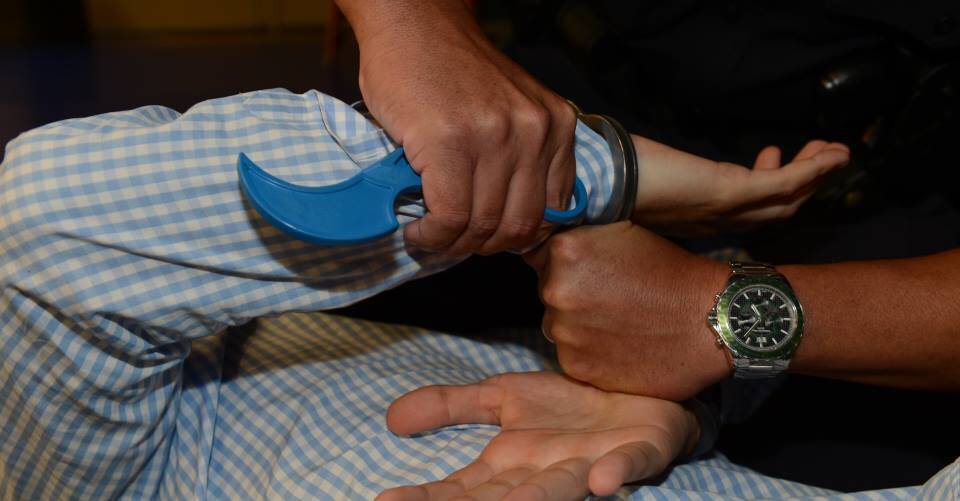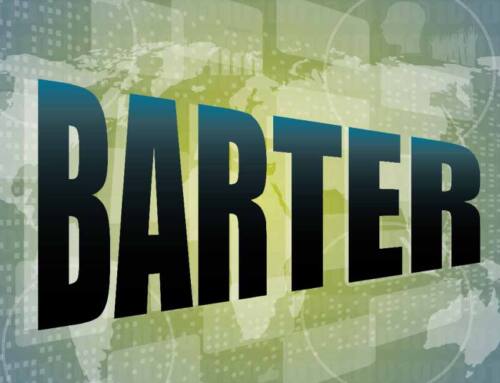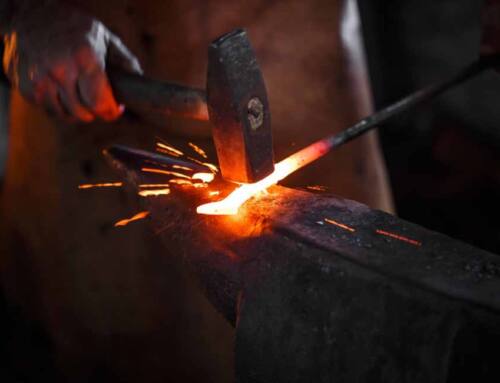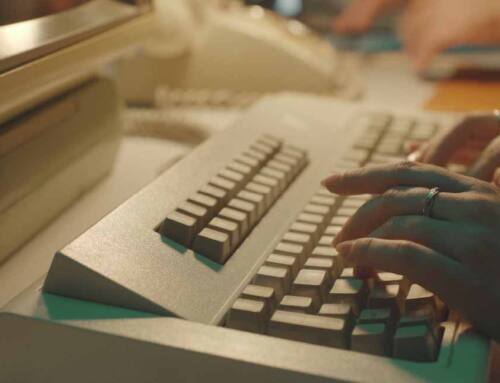Learning how to handle a knife with skill and precision requires exactly what it takes to get good at anything in life: practice, practice, practice.
Unfortunately, too many people get the right kind of knife, but skip the training. That’s a mistake.
For those who want to walk a wiser path, practice knives and training knives are important to have and to use. Using them can improve your knife skills in a number of important ways, including building muscle memory for handling the knife and also give you more skills in how a knife can be used in situations where you have to defend yourself.
Here’s a look at how a practice knife or a training knife can improve your skills – and perhaps making a difference went the moment counts.
Practice Knives: Try Before You Buy
Even before getting into heavy practice, it’s important to handle a knife to determine whether the knife fits your needs. Is the weight right for you? Does it fit well in your hand? Are you comfortable using it in various moves?
Once you’ve picked out the right knife, you then need practice knives that will help you learn how to use it properly. The key is to have training knives that best match the edge tool you’ve decided to purchase. In fact, it’s a good idea to have different sizes of training knives so you have more options when practicing.
“This will allow the trainee to adapt to the length of the knife, balance, reaction, weight and deployment,” said Louis Krudo, owner of KRUDO Knives, one of the leading makers of tactical knives (as well as a wide array of other weapons and tactical tools).
Some of the things to consider include:
- Anyone learning edge tool or weapon techniques should have more than one training knife or sword
- Material in the construction of your practice knives is important and you need to decide what is best for your training. Choices for edges include steel, polymer, rubber, aluminum, G10 (a combination of glass cloth and epoxy resin), carbon fiber and wood.
- Handle material also comes in a wide variety of choices, including paracord (short for parachute cord, used to wrap handles), plastic, rubber (typically from a tire tread), cork, cork hybrid (cork mixed with resin), aluminum and G10. Most training blades are made from aluminum and paracord-wrapped handles, according to Krudo.
Why It’s Important to Train
Having a knife without training is like having a sports car without the keys. It might look good in the driveway, but it’s a lot more useful if you know how to drive it.
Because of the prevalence of other weapons, particularly guns, the utility of a knife in a crisis situation or physical altercation has been minimized. That’s a mistake. A person with an edge weapon and the proper skill in using it can unleash a deadly defense if attacked by an opponent.
Becoming skilled at using an edge weapon will bolster you confidence if you find yourself in a situation where action is needed. And the only way to become skilled is having the proper set of training knives and to put in the time practicing with them.







Screw practice knifes (or weapons in general). When you use a live blade for training (or anything), you will be in a different mindset then if its perfectly safe. You will have more focus, more consciousness, and move differently. This is especially important for sword work as theres many maneuvers and attacks someone might practice when feeling totally safe with safe weapons and armor padding, but when faced with reality would never make such maneuvers. Live weapons are necessary if you truly want to be ready in the moment. There is no valor to be gained by practicing in complete safety.
Hi Sarah,
Please take into account that the article is about practice knives, not swords.
As I reply to your comment I want to make sure that it is understood that my written words have zero emotion.
I do not know your age, if you have or had any training, your skill level and/or proficiency with weapons or if you even have any experience under duress.
Therefore I mean no disrespect and I am answering for the purpose of a good dialogue.
The Art, The Technique, Real Life.
Learning with practice tools and a teacher that will not maim you during practice is important.
Learning with practice tools that will allow you to come back for another class is important.
As time passes with your lessons, the intensity of the lessons should increase. You will learn about reaction, counter moves, body flow and your own body capabilities.
One never knows if they are ready for the moment until that moment happens, but the only way to get to that moment is to practice practice practice with relative safety.
There is NO Valor gained by practicing, with your partner, with live blades and getting maim or permanently injured.
Let’s begin with your first sentence…”Screw practice knives ( or weapons in general ).”
The part that is in parenthesis leads one to believe that the rest of your comment is about removing
weapons all together.
Definition of weapon —- A thing designed or used for inflicting bodily harm or physical damage, a means of gaining an advantage or
defending oneself in a conflict or contest.
I do agree with you that having a live blade, firearm, sword, hammer, ax, fork, pencil, etc., that can cause immediate damage, upon contact to your or your opponent/partner, will change your mindset on how you approach the situation.
You mention swords, yes you are also correct about different maneuvers and attacks. There are many factors that come into play.
Example: the length, width, flexibility of the steel, type Hilt ( pommel, grip ), cross guard.
Then add practice time, years of training,body type, etc.
Your other point is about practicing with armor padding.
I also agree on that point, padding is not helpful.
There is no mention in this article which suggest the use of armor or padding.
Your other point is that live weapons are necessary. I believe that what you are referring specifically to is a live blade.
Almost anything that a human can hold with their hands can become a weapon.
Example : your belt, shoes, bag/purse ( what’s inside the bag or purse ), etc.
The last part of your comment, I believe, is the most important because it is relevant to the article itself.
1. Definition of Valor —- great courage in the face of danger, especially in battle.
2. Definition for Practice —- repeated exercise in or performance of an activity or skill so as to acquire or maintain proficiency in it.
About Valor…mainly associated with battle. It can also be used in the courage needed during daily events, not just about war or battle alone.
In conclusion, practice in a safe environment with a skilled teacher is extremely important.
Thank you, I bought one for my grandson but I guess I’ll get a couple more different knives. I agree, especially for kids, having a practice knife is important, to learn safety, handlung, operation etc